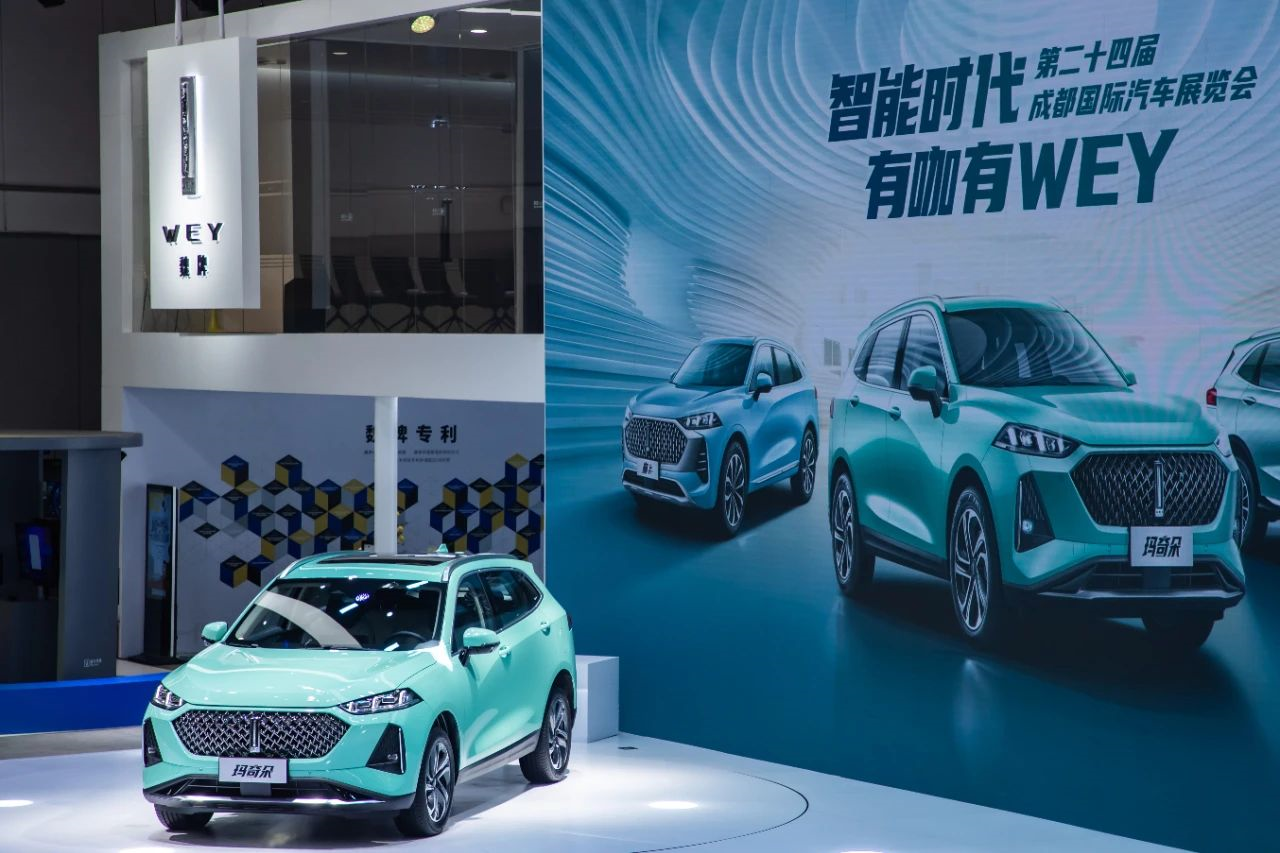Green has become the “theme” of the automotive industry, which is evidenced by a series of policies such as the dual credit policy, the four-stage energy consumption limit, and the national VI emission standard.
However, from the perspective of reality, the low-carbon and green development of the automotive industry still has a long way to go. According to public data, in 2015, China’s automobile production was 24.5035 million, accounting for 27.0% of the global market share and ranking first in the world. After 5 years of accumulation, the total number of vehicles in China reached 281 million in 2020, of which 276 million were fossil fuel vehicles, accounting for about 98.25%. In other words, the main force of domestic automobiles is still fossil fuel vehicles.
The large number of fossil fuel vehicles brings considerable carbon emissions. According to the “China Low-carbon Action Plan for Automobiles Research Report 2020” released by China Automotive Technology and Research Center Co., Ltd., the total direct CO2 emissions during the driving stage of domestic automobiles reached 780 million tons in 2019.
Faced with the contradiction between the “carbon peak” and “carbon neutrality” goals and the reality of carbon emissions in the automotive industry, in October 2020, the “Energy-saving and New Energy Vehicle Technology Roadmap 2.0” guided by the Ministry of Industry and Information Technology proposed that by 2035, sales of energy-saving vehicles and new energy vehicles in China will each account for half, and all traditional energy-powered passenger cars will be converted to hybrid power, thereby achieving the comprehensive electrification transformation of the automotive industry.
Due to the promotion of relevant policies, the automotive industry has also begun to change, such as the rise of the hybrid sub-segment market and the increasing popularity of hybrid models among users and car companies. Among many hybrid models, the new generation of intelligent hybrid SUV WEY Mocha, which is the first to adopt the DHT technology of Great Wall Motors, has won the favor of a large number of young users as soon as it appeared.
On August 29th, the opening day of the Chengdu Auto Show, WEY Mocha officially started pre-sale. The pre-sale price of the new car is 146,800 to 163,800 yuan, and multiple car-buying gifts such as “Easy Purchase”, “Easy Use”, and “Easy Play” were also launched.
In my opinion, as a high-quality intelligent hybrid SUV built with the “Pioneer Tension” design concept of the family, coffee intelligence, and DHT technology, which conforms to the young people’s fun, low-carbon, and intelligent travel life, WEY Mocha may become a new benchmark for leading the hybrid sub-segment market, beyond “Twin-T”.
How does WEY Mocha gain confidence to surpass “Twin-T”?
Looking at the entire automotive industry, Toyota’s THS technology and Honda’s i-MMD technology are always unavoidable topics when it comes to hybrid technology.In the booming Chinese automotive market of new energy vehicles, Chinese car brands are not willing to hand over the huge hybrid market. Especially after the release of “Energy-saving and New Energy Vehicle Technology Roadmap 2.0″ and the goal of “Carbon Neutralization,” The determination of Chinese car brands to break the monopoly of the “Two Titans” in the hybrid market has clearly accelerated. Specifically, including the WEY brand, multiple Chinese car brands have already released their own hybrid technologies.
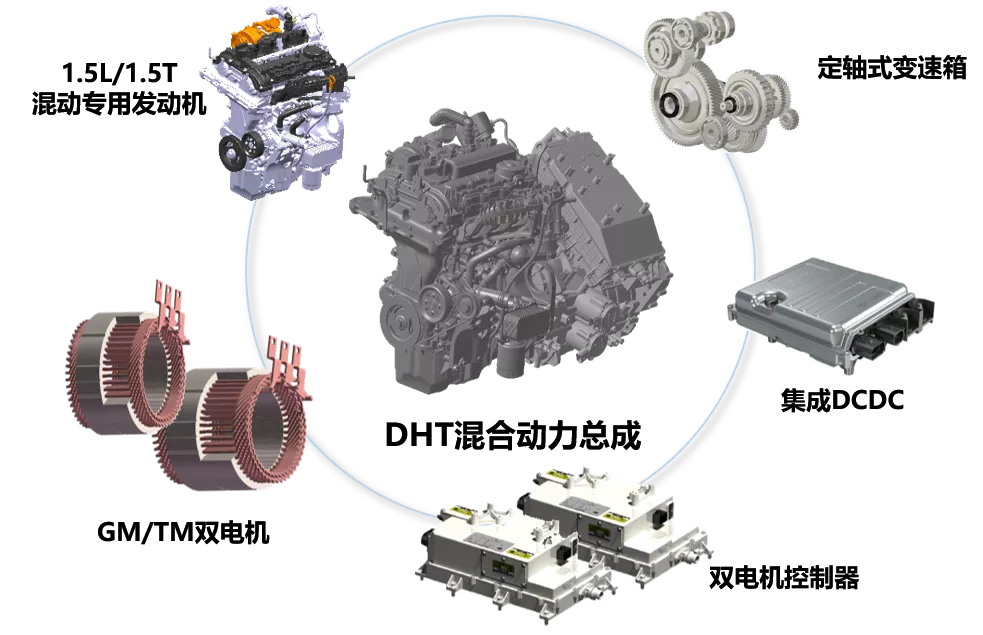
Take WEY’s intelligent hybrid DHT technology as an example. The technology was independently designed and completely self-developed by Great Wall Motors and is regarded by the industry as a powerful manifestation of promoting the clean and low-carbon development of the automotive industry. Thanks to this technology, the WEY Mocha, the first car to be equipped with the intelligent hybrid DHT technology, is also seen as a representative of Chinese brand cars surpassing the “Two Titans” in the field of hybrids.
As a “newcomer” in the hybrid sub-market, can WEY Mocha really surpass the “Two Titans” with its intelligent hybrid DHT technology? To answer this question, let’s analyze it from a technical perspective.
According to publicly available information, Toyota’s THS technology mainly relies on planetary gears to achieve hybrid power output, while Honda’s i-MMD technology emphasizes that the electric motor and the engine each perform their respective roles, primarily driven by the electric motor at low speeds and directly involved with the engine at high speeds. In other words, the technical advantage of Toyota’s THS and Honda’s i-MMD is concentrated in the middle and low-speed intervals, where there may be a lack of power at high speeds.
In comparison, the WEY Mocha equipped with intelligent hybrid DHT technology has more ingenuity. It is understood that the intelligent hybrid DHT system carried by the WEY Mocha is mainly composed of a 1.5 L Atkinson cycle engine with a maximum power of 71 kW, a 115 kW TM motor, a 1.7 kWh HEV battery pack, and a DHT gearbox that supports two gears of direct drive by the engine.
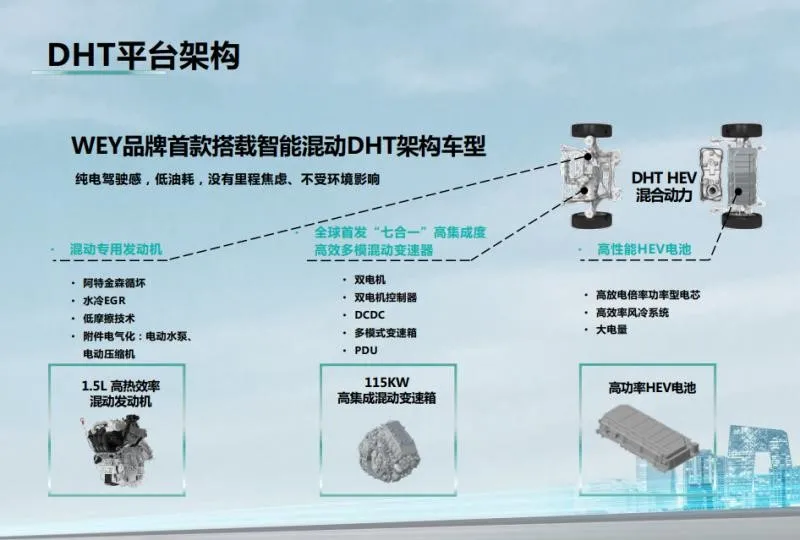
Among them, the two-gear gearbox is the biggest highlight of this intelligent hybrid DHT system. With the support of the two-gear gearbox, the WEY Mocha has a broader range of engine direct drive speeds. At lower speeds, the engine can immediately involve for better power performance, and at high speeds, the engine speed can be appropriately reduced, giving the WEY Mocha superior NVH, fuel economy, and power performance compared to Toyota’s THS and Honda’s i-MMD models.In terms of working modes, due to the intelligent hybrid DHT system, WEY Mocha has three working modes: EV (pure electric) mode, hybrid series mode, and hybrid parallel mode, with a comprehensive peak torque of 370 N·m, acceleration of 8.5 seconds per hundred kilometers, and a full fuel range of up to 1100 km. Specifically, EV mode is mainly used for starting to low-speed range, relying on motor output, power is linear and responsive; hybrid series mode is used for mid-speed range, where the engine supplies power to the motor (excess power is stored to the battery pack), and then the motor drives the wheels directly; hybrid parallel mode is used for rapid acceleration, where the engine directly drives the wheels, while the motor supports acceleration with electricity anytime.
Apart from this, the intelligent hybrid DHT technology carried by WEY Mocha also has many highlights in its structural design. For example, the dual motors of Honda i-MMD technology are arranged in a coaxial layout, which can only use smaller motors and the power output will be limited, while the dual motors of the intelligent hybrid DHT technology are not only arranged in a parallel-axis layout but also adopt flat wire winding motors. Compared with the former, the intelligent hybrid DHT system carried by WEY Mocha achieves more optimal performance in terms of power and powertrain space utilization.
Worth mentioning is that, with the help of the intelligent hybrid DHT technology, WEY Mocha can intelligently switch between EV driving, hybrid driving, series driving, energy recovery, idle stop, etc. according to the driving conditions, achieving up to 50% fuel saving rate.
Setting a New Benchmark for the Hybrid Segment Market
Looking back at the development of the auto industry over the past 100 years, the debate over the powertrain system has always been ongoing. However, with the increasing environmental pressure, technological progress, and other factors, the industry has gradually formed a consensus in recent years that electrification is the standard answer for the future development of automobiles.
But as dialectical materialism tells us, the development of things is a wave-like advance and spiral ascension. In other words, the automobile industry’s transition to electrification is not a simple and immediate process. Especially when issues such as range anxiety, inconvenient charging, battery safety, low residual value of used cars, etc. cannot be completely eliminated in a short period of time, hybrid models have become the best transitional option for the automotive industry to transition from the fuel era to electrification.
According to the monthly sales database of HEV & 48V energy-saving passenger cars in China released by GGII, the total sales of domestic HEV energy-saving passenger cars in the first half of this year was about 247,000, a year-on-year increase of 72%. In other words, the potential of the domestic HEV hybrid segment market is accelerating.In addition to the goal proposed in “Roadmap 2.0 for Energy-saving and New Energy Vehicles” that “by 2025, HEVs will account for 50% of traditional energy passenger vehicles, by 2030 they will account for 75%, and by 2035, all new traditional energy passenger vehicles will be hybridized,” it is estimated that China’s auto sales will reach 32 million units by 2025. Considering the goal of 20% for new energy vehicles, HEV, as a replacement for traditional fuel passenger cars, is expected to reach an annual sales volume of 10 million units, with a market space close to 100 billion yuan.
“HEV is a very good driving technology route, saving fuel, excellent power, and low noise. From the perspective of national policy guidance and enterprise product technology layout, HEV hybrid models may be the winners in the next 5-15 years,” said an industry insider.
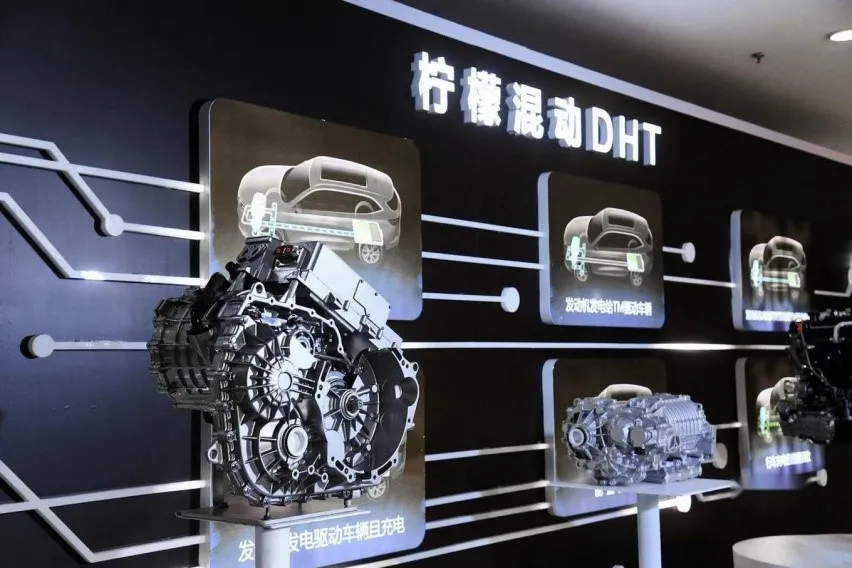
The Book of Changes, Appendix 1 states: “The spirit knows what is coming, and wisdom conceals what has passed.” In order to maintain a leading position in the rapidly changing automobile market, one must always practice “knowing the past and hiding the future.” As a leader in China’s domestic automobile brand, Great Wall Motors understands this well.
In 2012, Great Wall Motors began to plan the layout of hybrid technology and officially started research and development in 2018. After about three years, the intelligent hybrid DHT technology was implemented. Publicly available data shows that the advanced nature of the intelligent hybrid DHT technology is embodied in “1-2-3”, namely one hybrid system, two power architectures, and three powertrain sets.
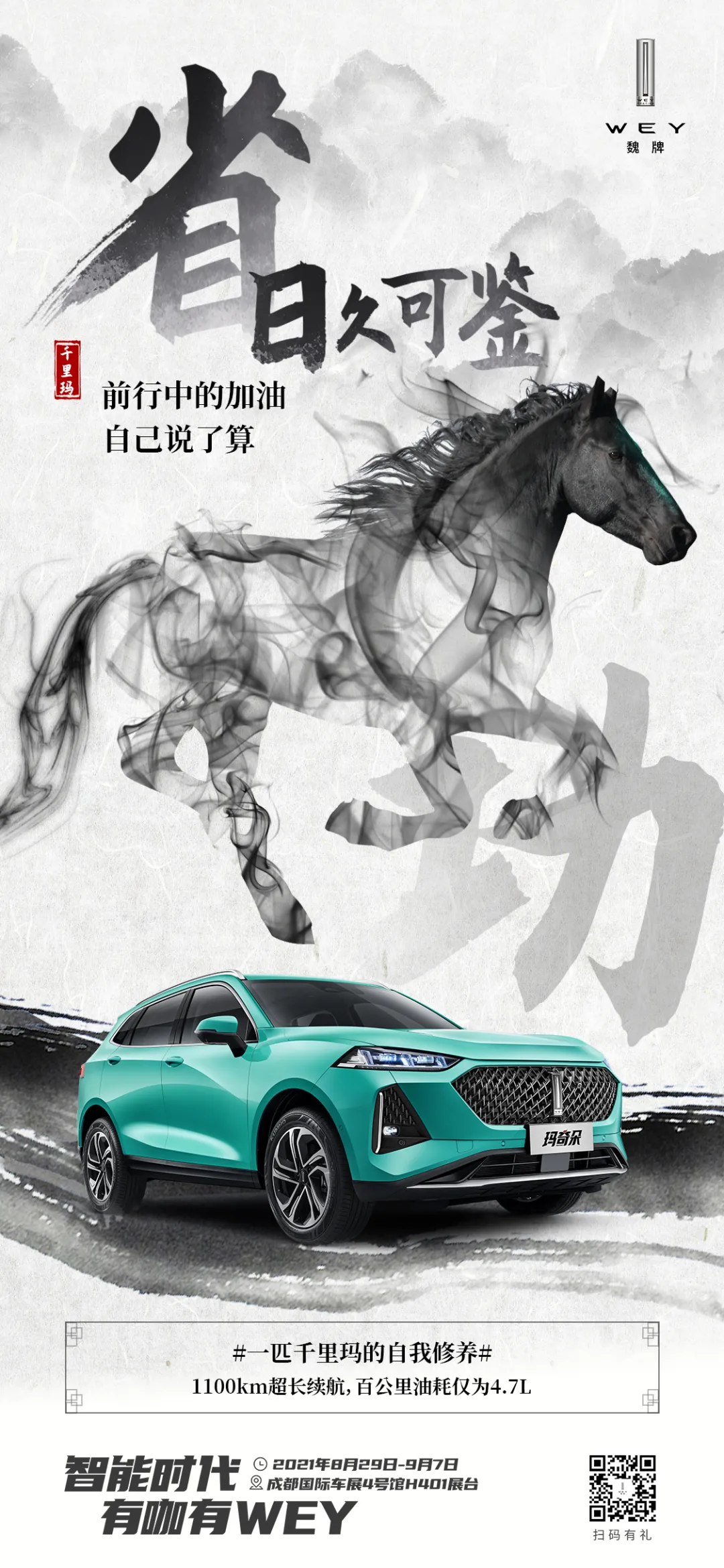
Focusing on the WEY brand’s new generation of hybrid SUV, MOC, its intelligent hybrid DHT technology has four major advantages – “fast, smooth, quiet, and economical”. It provides the perfect balance of power, economy, and comfort in all scenarios, including low-speed cruising in urban areas, cruising in suburban/highway/high-speed environments, acceleration, and braking, according to the needs of Chinese users.
With a combination of a 1.5 L Atkinson cycle engine and a maximum 115 kW electric motor, the WEY MOC can achieve a 0-100 km/h acceleration time of 8.5 seconds, a comprehensive fuel consumption of as low as 4.7 L/100 km, and a super long range of 1100 km, fully deserving of the title of “leading the new benchmark for hybrid sub-segments.”
China’s domestic automobile brands are continuously forging ahead
“After crossing the mountain, the dust has yet to settle; urging the horse, the hooves set off again.” It is foreseeable that Chinese domestic automobile brands will surpass joint venture brands, and this surpassing will be comprehensive.I completely agree with the following statement: “In the thriving new battleground of electrification and intelligence in the automotive industry, Chinese automotive brands have a technological advantage, a talent base across industries, strong infrastructure capabilities, and a huge market space… All of which are driving forces for Chinese brand cars to occupy new heights in the future of the automotive industry.”
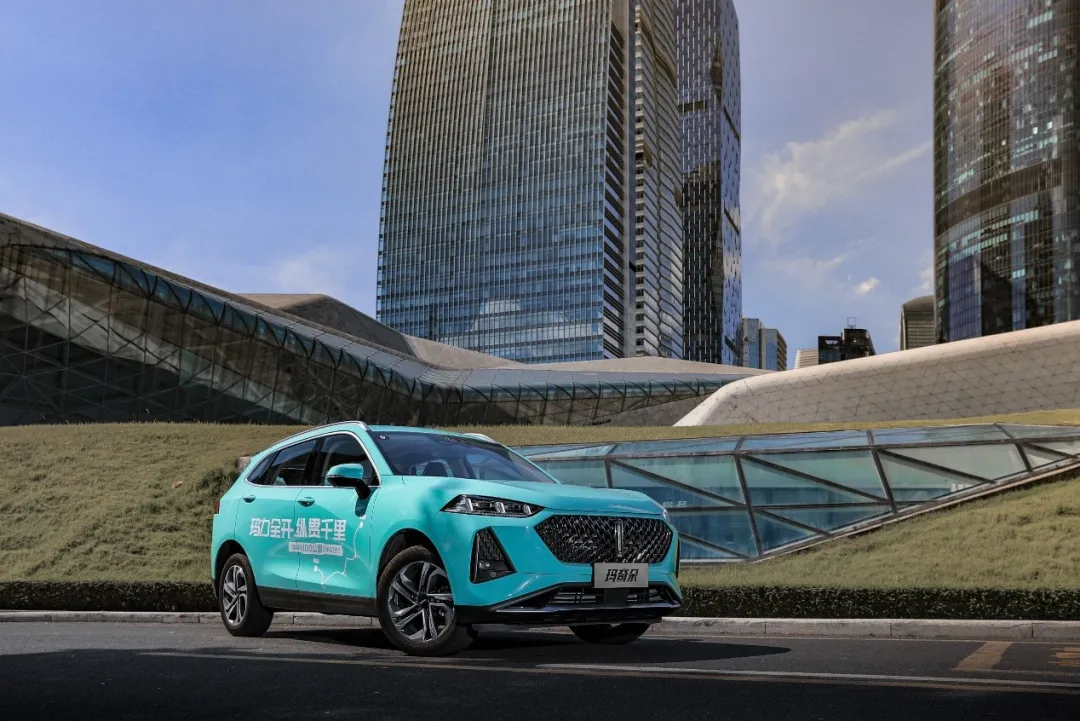
So where should this all-around surpassing start? I believe that from a time perspective, 2021 may be a critical year, and when it comes to product focus, the WEY Mocha is a model that cannot be ignored.
Because the WEY Mocha has opened up new markets, and it can stand out in terms of overall power performance, configuration, technology, and fashionable exterior as well as elegant interior design.
In terms of overall design, the WEY Mocha, as a new generation hybrid SUV designed specifically for the younger generation, has taken the family’s “Pioneer Tension” aesthetic concept to a new level, with its “Bird” imagery design perfectly embodying the characteristics of dynamism, vitality and youth. In terms of interior, the WEY Mocha features a family-style design called “Sky Wisdom,” with a central line dividing the interior into two levels, creating a visually extended effect, and the sense of luxury and texture is particularly prominent in the same class of cars.
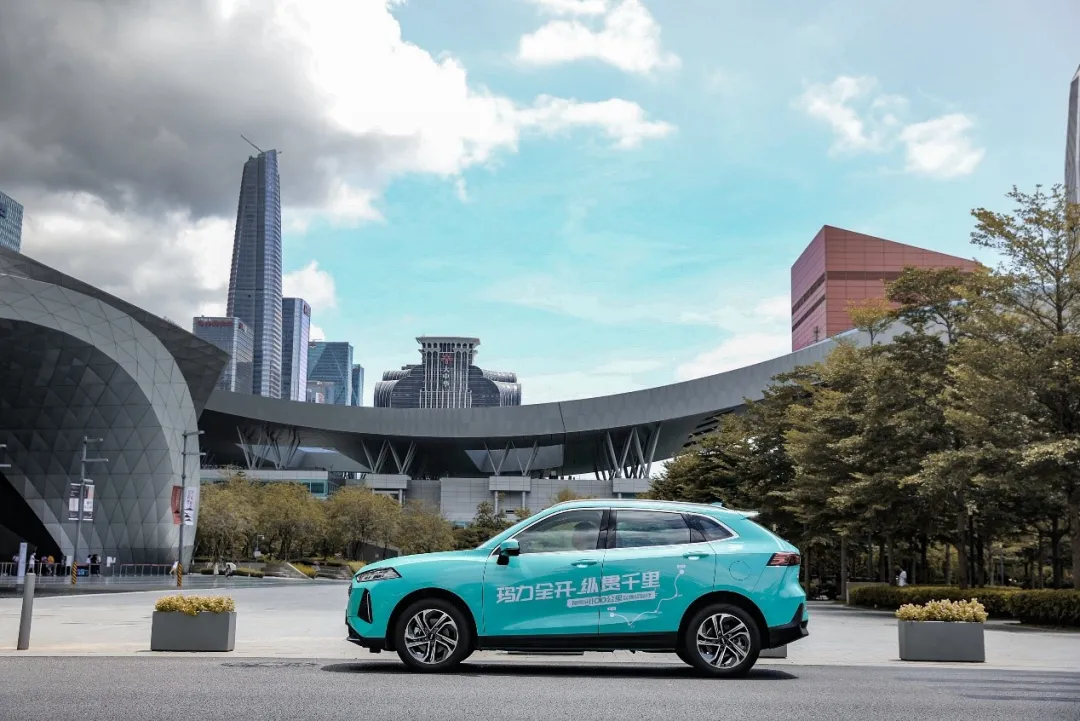
In terms of intelligence and technology, the WEY Mocha features the world’s leading car-level Qualcomm 8155 chip and the third-generation flagship platform for digital cockpits, with absolute advantages of 3 times the computing power of other models and 7-8 times the AI computing performance. Moreover, the WEY Mocha also features W-HUD head-up display, fusion parking, trajectory reversal, Yanfei Lishe sound system, AI facial recognition, a scalable voice system, and up to 27 intelligent safety driving assistance systems.
In terms of autonomous driving, the WEY Mocha has L2.5+ level autonomous driving capacity. For example, with the LKA lane keeping aid function, the vehicle can be kept stable in the center of the lane with the push of a lever, and it supports adaptive cruise control speeds ranging from 0-150 km/h.
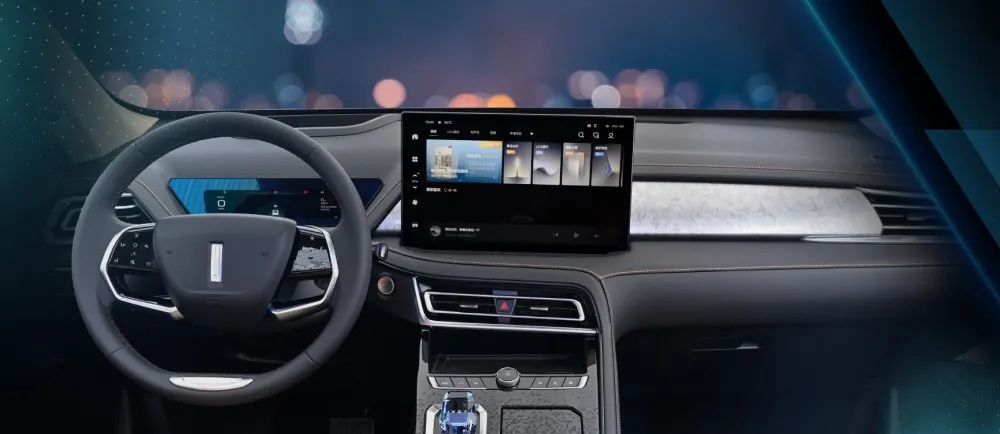
With its exquisite exterior and interior design, powerful intelligent hybrid DHT technology, and outstanding level of intelligence, the WEY Mocha is also leading Chinese automotive brands to break the long-standing monopoly of joint venture brands, and continue to break through higher levels.
ConclusionUnder the multiple pressures of the “dual carbon” targets, the acceleration of electrification in the automotive industry, and consumer demands, hybrid systems are becoming the best transition method for the low-carbon transformation of the automotive industry. At this time node, the WEY brand’s high-quality intelligent hybrid SUV Macchiato, created with the intelligent hybrid DHT technology, has not only become a new benchmark in the hybrid subdivision market, but also a declaration for Chinese brands to enter the era of intelligent hybrid.
This article is a translation by ChatGPT of a Chinese report from 42HOW. If you have any questions about it, please email bd@42how.com.
